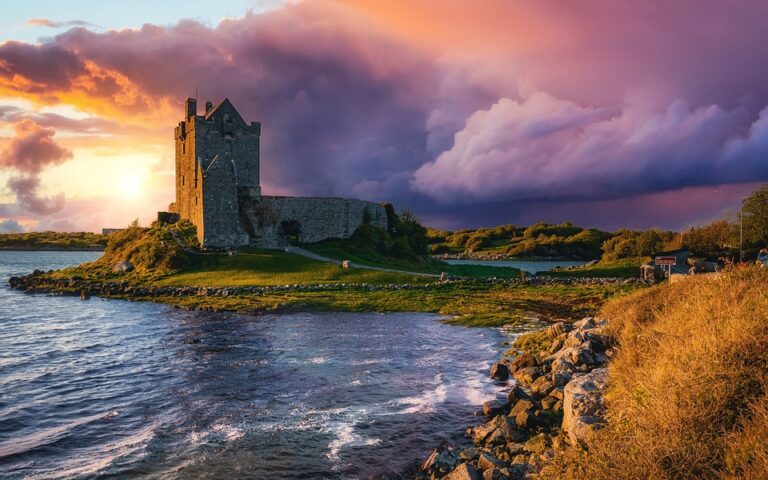The Early Russian Settlers in North America
The history of early Russian settlers in North America is a fascinating and often overlooked chapter in the story of the exploration and colonization of the New World. While the Spanish, English, and French are typically the focus of discussions about European settlement in North America, Russia also played a significant role in the development of this vast continent.
Russian Explorers in North America
The first contact between Russia and North America occurred in the early 18th century when Russian explorers began to venture into Alaska. The most famous of these early explorers was Vitus Bering, a Danish-born navigator who led expeditions to map the coastlines of what would later become Alaska and the Pacific Northwest.
One of the earliest Russian settlements in North America was established on Kodiak Island in 1784 by Grigory Shelikhov, who founded the Russian-American Company. This company would go on to play a key role in the early Russian colonization efforts in Alaska.
The Russian Colonization of Alaska
By the early 19th century, Russia had established a significant presence in Alaska, with settlements stretching from the Aleutian Islands to the Alaskan mainland. Russian colonists, along with Aleut and other indigenous peoples, built trading posts, churches, and schools throughout the region.
One of the most famous Russian settlements in Alaska was Fort Ross, founded in 1812 by the Russian-American Company. This trading post was located near present-day Bodega Bay, California, and served as a hub for Russian fur traders and native Alaskans for several decades.
The Legacy of Russian Settlement in North America
Although the Russian presence in North America was relatively short-lived compared to other European powers, their legacy can still be seen in the culture and history of the region today. Russian place names, such as Kodiak, Sitka, and Yakutat, are scattered throughout Alaska and the Pacific Northwest, reminders of the early Russian settlers who once called these places home.
Furthermore, the Russian Orthodox Church played a significant role in the lives of Russian colonists and indigenous peoples alike, helping to preserve their cultural traditions and provide a sense of community in this remote and often harsh environment.
The Sale of Alaska
In 1867, the United States purchased Alaska from Russia in what became known as the Alaska Purchase. This sale, which took place during the presidency of Andrew Johnson, was largely motivated by the declining profitability of the Russian-American Company’s operations in the region.
While some Americans viewed the purchase as a folly, derisively referring to Alaska as “Seward’s Folly” after Secretary of State William H. Seward, the acquisition of this vast territory would prove to be a wise investment in the long run. Alaska’s rich natural resources, including oil, gas, and minerals, would later become crucial to the economic development of the United States.
Conclusion
The history of early Russian settlers in North America is a complex and multifaceted story that continues to shape the region to this day. While the Russian presence in North America was relatively short-lived, their legacy can still be seen in the place names, cultural traditions, and historical landmarks that dot the landscape of Alaska and the Pacific Northwest.
By exploring the history of these early Russian colonists and their interactions with indigenous peoples, we can gain a greater appreciation for the diverse and interconnected tapestry of cultures that make up the history of North America.





